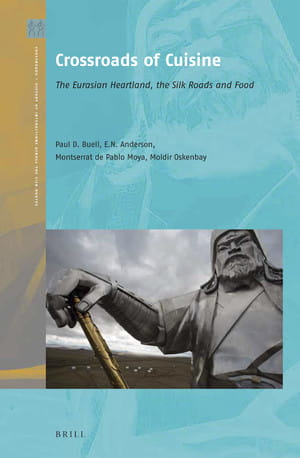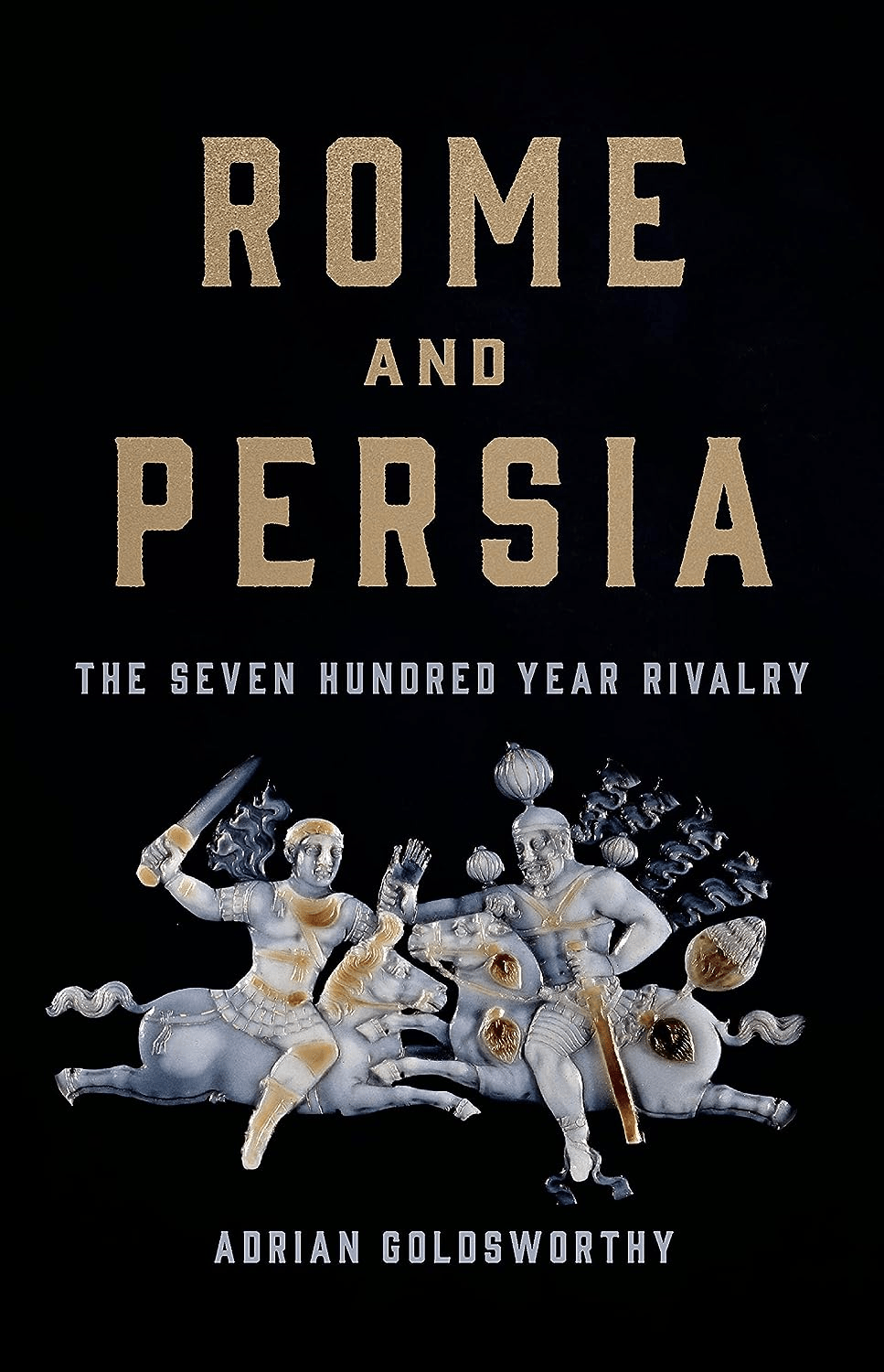
Crossroads of Cuisine: The Eurasian Heartland, the Silk Roads and Food
Dennis Keen
Paul D. Buell, E. N. Anderson, Montserrat de Pavlo Moya and Moldir Oskenbay.
2020, Brill Publishing, 978-9-00443-205-5, $159.00 hb.
“The story of the food of Central Asia is a story of travels, meetings, interactions, borrowings and trade.”
The steppes, deserts and mountains of Central Asia are well-known as the setting for the Silk Roads, but less familiar to a global audience are the hybrid cuisines the trade routes left behind. Amidst endemic orchards of apples and apricots, Chinese noodles came to be slurped from the hearty stews of Turkic, Mongolic and Persian nomads, while rice pilaf was washed down with “camel sweat tea.” In a book of astonishing ambition, Buell, a historian and Anderson, a human ecologist, set out to tell “the story of food in Central Asia,” a project that familiarizes the reader with thousands of years of foodways over a territory that stretches from the Caspian to Mongolia. Our omnivorous guides succeed by matching a rigorous academic foundation with enough gee-whiz enthusiasm to charm the general reader. Color photographs of the region’s people, bazaars and (of course) food bring the text to life, while dish-by-dish descriptions and recipes are sure to reward the most adventurous of home cooks.
You may also be interested in...
.png?cx=0.44&cy=0.65&cw=382&ch=487.6595744680851)
Zeina Abirached’s Art Uncovers Urgency of Wisdom in Gibran’s The Prophet
Kahlil Gibran’s 1923 classic is given new life, as Abirached’s graphic novel blends Lebanese artistry with the late author’s timeless wisdom.
In War and Peace, Book Explores How Rome and Persia Remained Frenemies
Book Review: In his latest scholarly work, Roman historian Adrian Goldsworthy reduces Persian and Roman longevity to simply an ever-evolving coexistence.